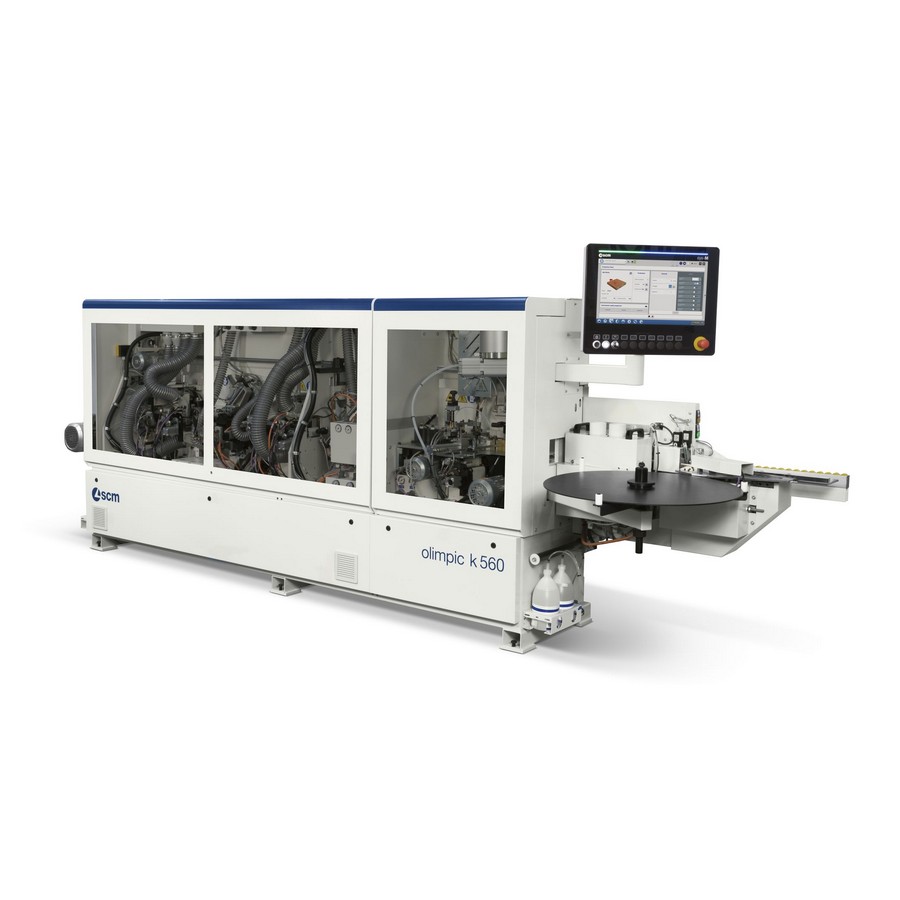
Edgebanding adhesive is a type of adhesive that is commonly used to attach edgebanding materials such as veneer, PVC, or ABS to the edges of furniture and cabinetry. When it comes to edgebanding adhesive, there are two common forms: pellets and cartridges. Each form has its advantages and disadvantages, so it’s important to understand the differences between them to make an informed choice.
Pellets are solid pieces of adhesive that are melted and applied to the edge of the material using a specialized edgebander machine. The machine heats the pellets, which are then melted and applied to the edge of the material as it passes through the machine. Pellets are preferred for their ease of use and ability to provide a strong, permanent bond.
Advantages of Pellets:
- Pellets provide a strong, permanent bond.
- Pellets are easy to use with specialized edgebander machines.
- Pellets are ideal for larger projects.
Disadvantages of Pellets:
- Pellets require a specialized edgebander machine to use.
- Pellets can be difficult to use for smaller projects.
Cartridges:
Cartridges, on the other hand, are pre-packaged units of adhesive that can be loaded into a specialized cartridge gun. The adhesive is dispensed from the gun in a controlled manner and applied to the edge of the material manually. Cartridges are convenient for smaller projects or for those who do not have access to an edgebander machine.
Advantages of Cartridges:
- Cartridges are convenient for smaller projects or those without an edgebander machine.
- Cartridges provide a strong bond when used correctly.
- Cartridges are easy to use and handle.
Disadvantages of Cartridges:
- Cartridges may not be cost-effective for larger projects.
- Cartridges may not provide as strong of a bond as pellets when used for larger projects.
When choosing an edgebanding adhesive, it is important to consider the type of material being bonded, the size of the project, and the available equipment. It is also important to follow the manufacturer’s instructions for proper application and safety precautions.
In conclusion, both pellet and cartridge forms of edgebanding adhesive have their advantages and disadvantages. If you have a larger project, pellets may be the best choice for their ease of use and ability to provide a strong, permanent bond. However, if you have a smaller project or do not have access to an edgebander machine, cartridges may be the more convenient choice. Ultimately, the choice will depend on your individual needs and preferences. Need large machinery? Contact our customer service team!



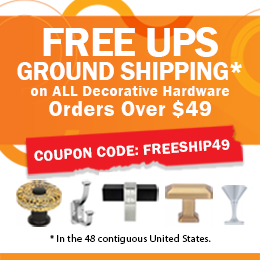
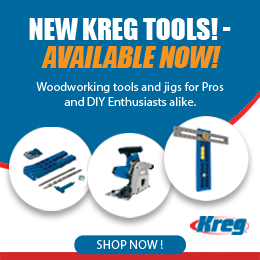
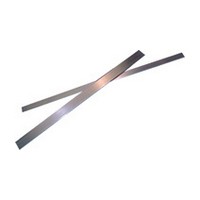





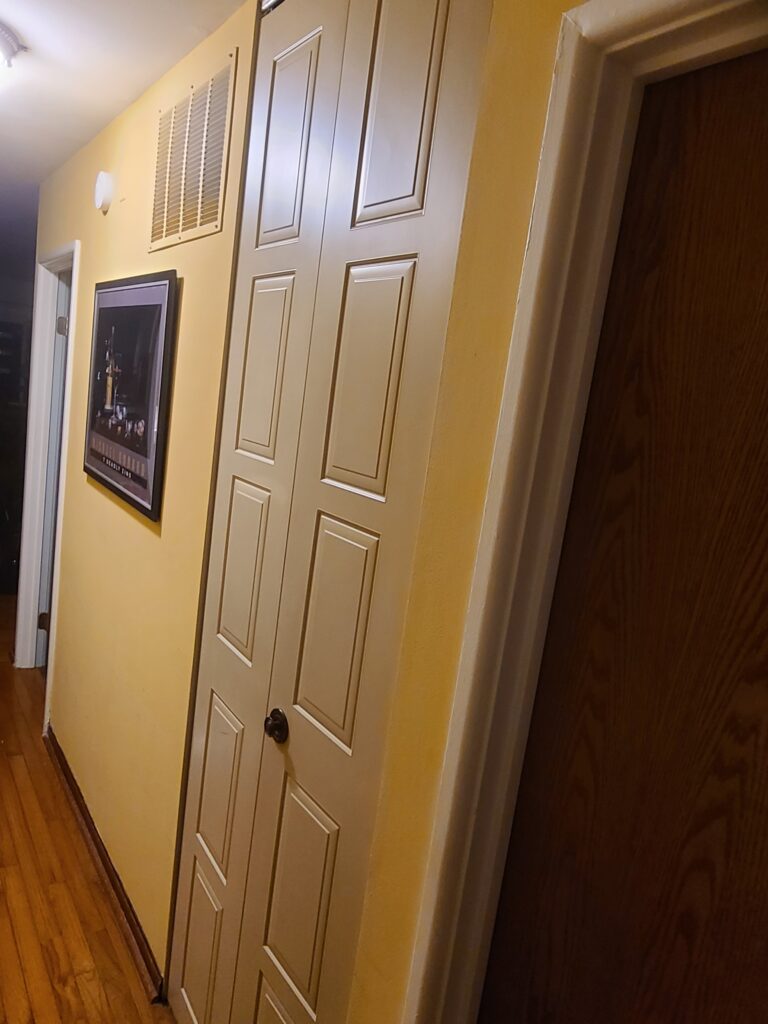
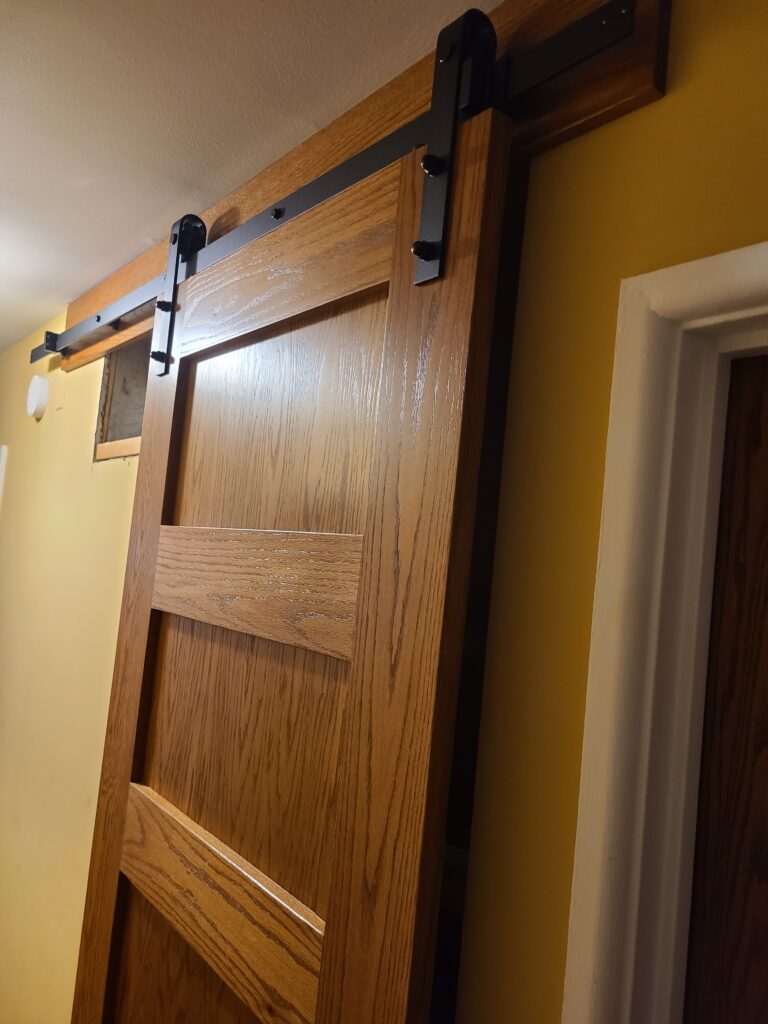
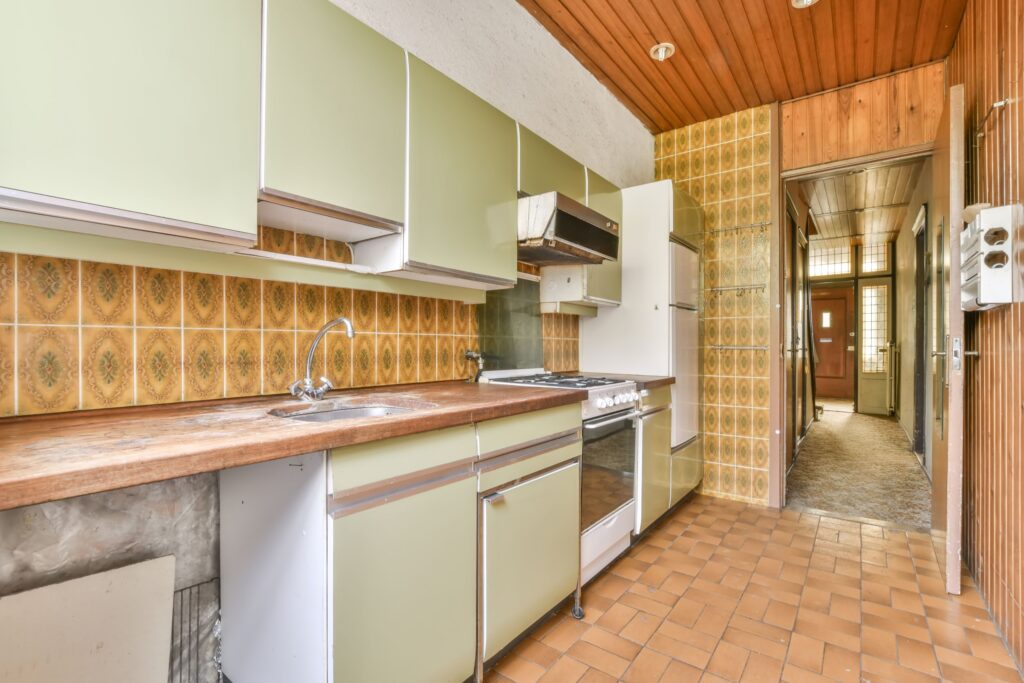

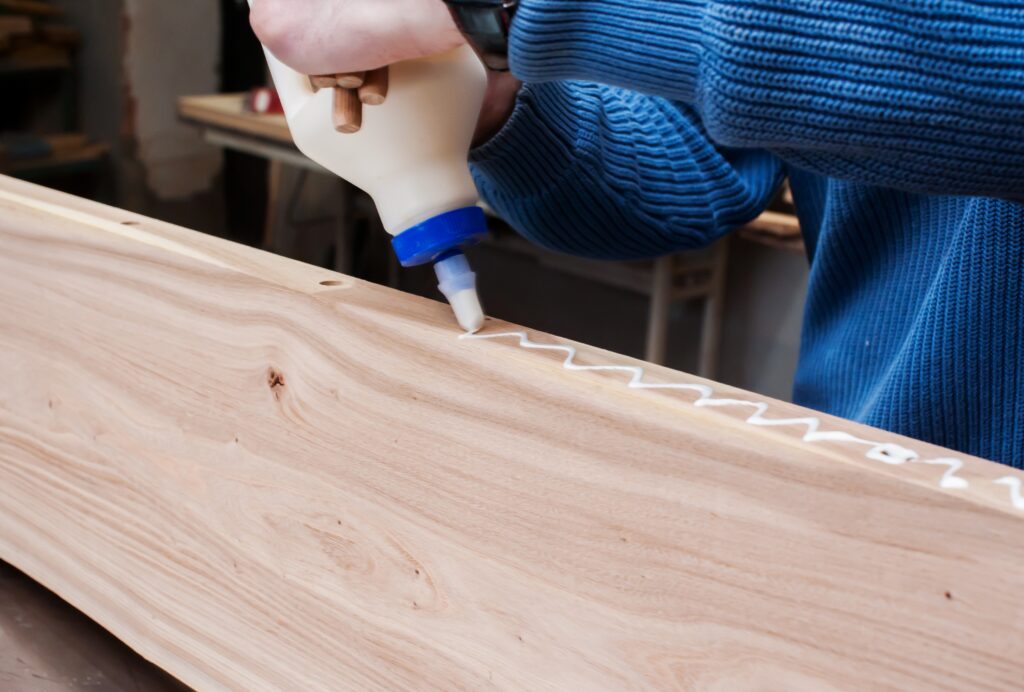
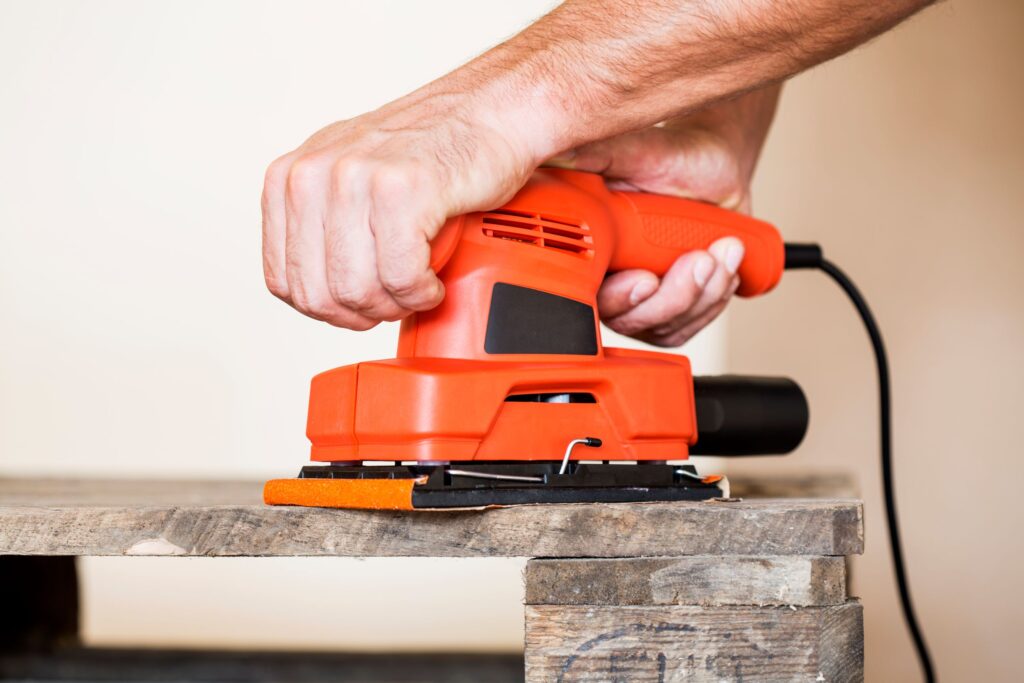
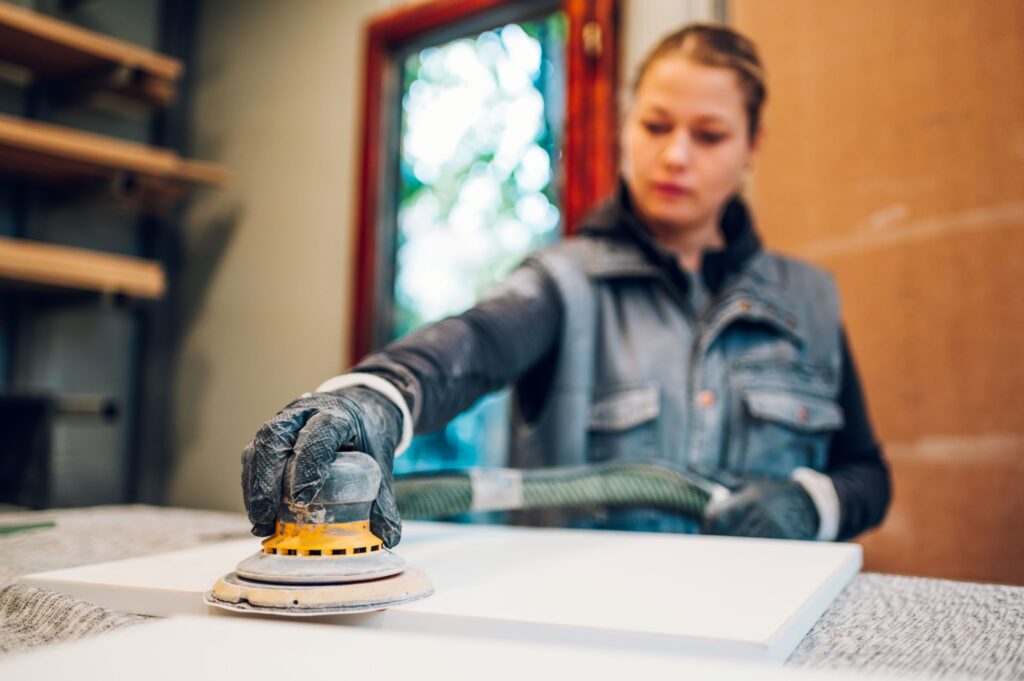

 Do Not Sell My Personal Information
Do Not Sell My Personal Information